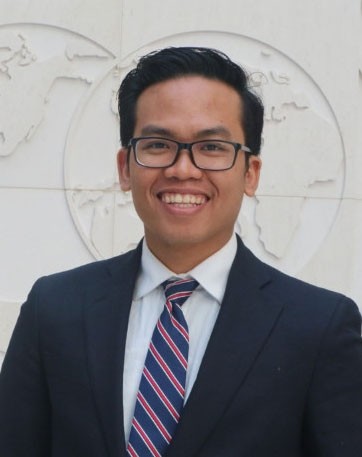ASEAN envisages becoming the global leader in disaster and emergency management by 2025. As one of the world’s regions most prone to natural disasters, ASEAN countries are aware that natural disasters can be inevitable and unpredictable. ASEAN statistics for 2018 recorded that there were 1,586 disasters across the region. Among all ASEAN member states, Indonesia ranks as the most vulnerable country with a total of 998 disasters, including earthquakes, tsunamis, volcano eruptions, floods, landslides, and storms. Although the ASEAN Coordinating Centre for Humanitarian Assistance on Disaster Management (AHA Centre) has developed a law and policy framework for disaster preparedness, the center still struggles with a lack of disaster risk management funds.
Inadequate sources of funding for disaster preparedness and management have resulted in a lacking ability to adapt and respond to crisis situations. A 2018 report estimated that the cost of damages reached almost 1.3 billion USD. To meet funding demands, ASEAN should adopt an innovative financing mechanism and explore a technology-based disaster management system.
The rising frequency of natural disasters is driving forward a transformation of the financing of humanitarian action. Contributions by ASEAN member states such as the AHA Centre Fund or the ASEAN Development Fund have become the primary sources of funding. Yet, these sources are still insufficient to fully support the ASEAN disaster management program. Meanwhile, ASEAN members must be well-prepared to reduce overall disaster costs and save lives. Instead of allocating funds on disaster response and recovery, ASEAN countries should invest more in disaster risk mitigation and prevention through a sustainable financial system.
The International Committee of the Red Cross (ICRC) has introduced an innovative funding method, called the Humanitarian Impact Bond. ASEAN might consider adopting this instrument to assist its disaster risk management program. This type of social investment allows private sectors to invest in social projects of humanitarian organizations through debt instruments. In this model, outcome funders - usually the government - make a conditional pledge to financially support the social project of an organization. Funds are returned partially, in full, or with interest to such social investors after the completion of the project by the government.

Innovative financing through social investment or social bonds is a viable alternative that can accelerate disaster relief management. ASEAN plays a vital role in promoting a favorable social investment ecosystem by fostering collaboration among stakeholders and using technology to support this social investment. Ultimately, improving social investment systems can assist humanitarian operations by mitigating the impact of a crisis and reducing economic loss. Innovative investment approaches to humanitarian financing constitute a new model that can result in positive behavioral change among relevant stakeholders and in society. This can improve the outcome of efforts to reduce disaster risk.
With the rise of new technology, the development of Humanitarian Technology (HumTech) has a great potential to increase the efficiency and effectiveness of disaster management. HumTech is the use of mobile applications or new media to improve access to quality communication, prevention, mitigation, preparedness, response, recovery, and rebuilding in disaster risk management. The private sector is increasingly utilizing HumTech innovations to manage humanitarian risks pre-crisis, during the crisis, and post-crisis. Since HumTech was introduced in 2013, tech-companies and start-ups have developed mediums of communication, aid delivery, data collection, and access to service. For instance, Tenevia, a start-up based in France, focuses on digital surveillance in the event of floods, or WeRobotics, a Delaware-based start-up, provides drones to distribute aid. This technology can simultaneously be a platform for humanitarian operations and preparations for a disaster management plan.
Despite positive outlooks, the question of how social investment for technology innovation can affect humanitarian action needs to be further explored. The application of HumTech is still limited to a small number of developed countries, while natural disasters pose an exceedingly serious threat to most developing countries. Development in this industry is still in progress as numerous technology companies seek to convince governments, entrepreneurs, and investors to engage in this field. However, since ASEAN countries employ a variety of different disaster management systems and policies, adopting new and effective partnerships with innovators, humanitarian agencies, and investors can be a challenge for the region.
The ASEAN Vision 2025 on Disaster Management requires member states to increase humanitarian investment and adopt new technology. Through their governments, ASEAN member states should continue to work together by establishing regulations and a legal framework to stimulate innovation in this technology. In order to reach this goal, a necessary step is to provide tax incentives and facilitate business for social investors who seek to participate in this sector. Partnerships among stakeholders are crucial to improve the capacities of the region and establish a more comprehensive strategic policy. Governments should determine a target to improve their strategy and create a supportive investment ecosystem.
